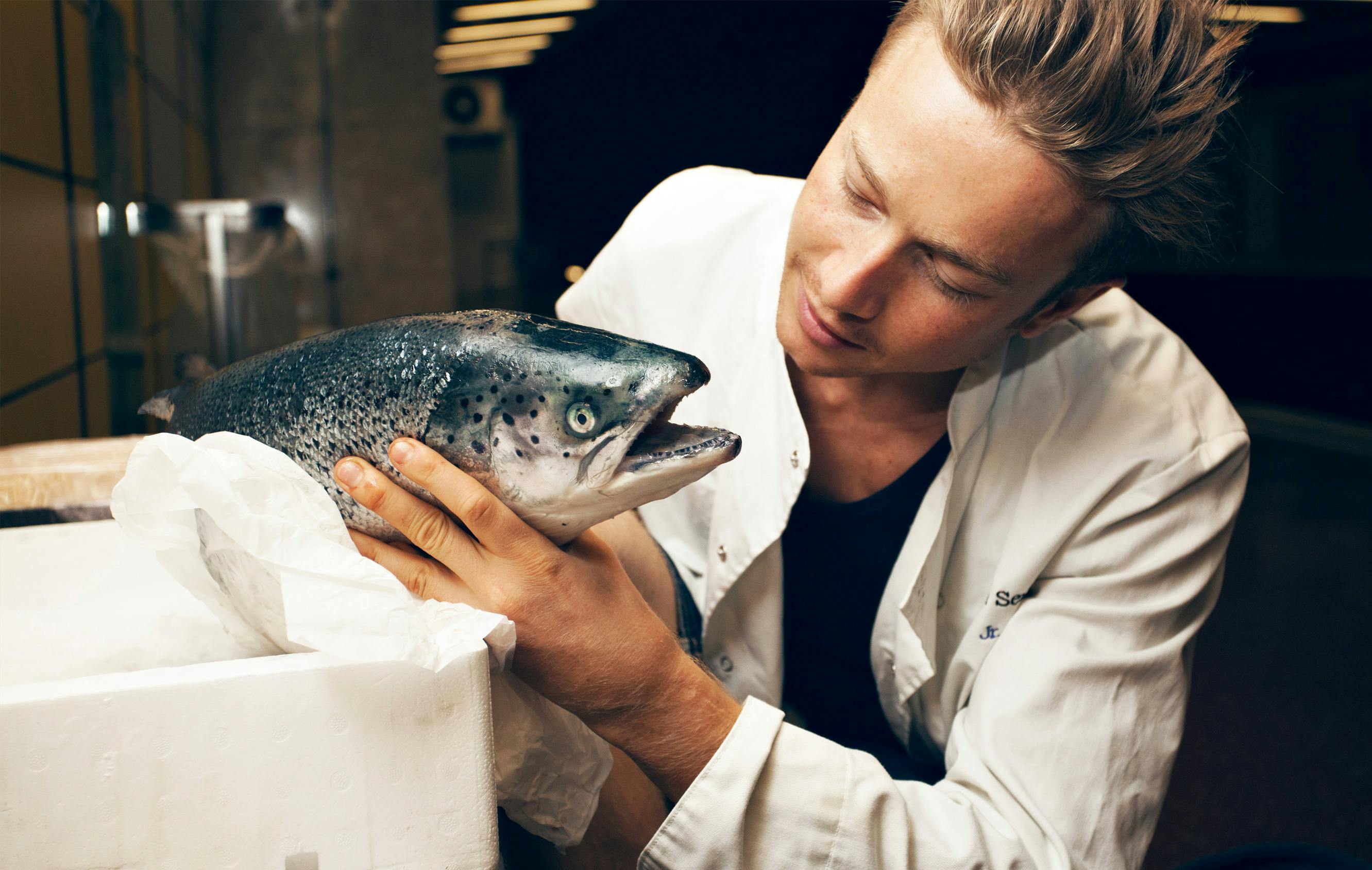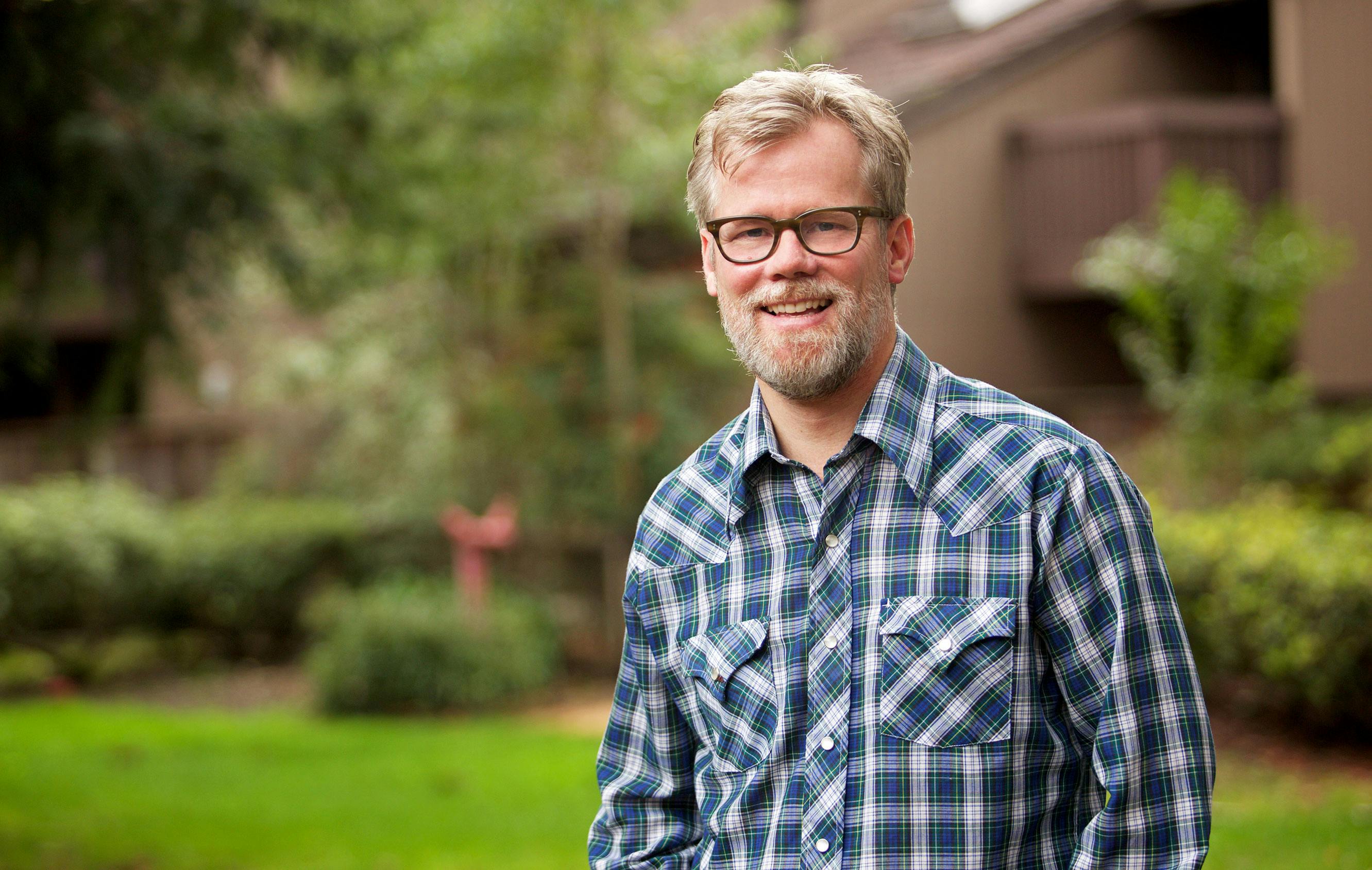Adapt to the local context – An interview with Joel Serra
Quality over quantity—an essential part of EatWith's success.
Published on
Last updated on

Inspiration and insights from global marketplace experts and thought leaders. For our tips on growing your business, check out the marketplace marketing & growth articles library.
Maintaining a few high-quality providers has been key to the success of EatWith, a marketplace for home-cooked dinners.
Joel Serra is an expert in launching marketplaces in local communities. As the Head of Launch at EatWith, he is responsible for launching the platform in new markets. Out of all the lessons he has learned from his experiences, one is above the others: to launch successfully in a local market, you need to adapt to the local context.
– Intuitively, it's easy to think you can just scale the same product to every market with the same process. However, that's not the case. Different countries require different marketing strategies and some cases even business models. You need to be able to adapt to that.
We localize our concept heavily for every new market.
Serra's first launch was in Barcelona in 2012. This was followed by a launch in New York, during which Serra was in for a surprise.
– The incentives that the hosts in Barcelona were looking for, and the relationship they wanted with us, was very different than with the hosts in New York. The same goes for the guests: the dinners they were looking for, the experience they were after, and their willingness to pay were totally different.
Learning how to use this information to their advantage has helped EatWith launch in dozens of local markets around the world and raise more money than many of its competitors combined.
– We keep the basics from what we learned in Barcelona, but we localize our concept heavily for every new market—both for the hosts and the guests.
When asked about the main thing that has helped EatWith push past its competition, Serra cites their considered approach in building supply. While EatWith is currently available in more than 100 local markets, they have limited host numbers to some 600 hosts.
– The process of becoming an EatWith host can take from 3 to 6 weeks. We require the person to go through online applications, photography, interview, test events, reviews from that test event, onboarding process. We end up accepting only around 5% of the applications. This is probably one of the most rigorous vetting processes used by any sharing economy company.
We want to have a really personal relationship with every host to create a basic level of trust within our community.
Serra knows his audience well, as he is one of the ideal EatWith hosts himself. An avid foodie and chef, Serra got through several rounds of MasterChef Australia and has since then started his own cooking school and authored his own cooking book. Knowing first-hand what is required to create an amazing dining experience helps Serra instantly recognize whether aspiring EatWith hosts have what it takes when he interviews them.
– We want to have a really personal relationship with every host to create a basic level of trust within our community—whether it's through going to their event or having a Skype call. This is something most platforms in this space simply don't have.
Limiting the supply has been important for another reason: building provider liquidity, which means making sure the suppliers that are accepted get enough demand.
– The moment you start unleashing supply you need demand to be there as well. Otherwise, you burn the community. We monitor both sides of the marketplace carefully to maintain a healthy balance. If I’m going to become a host, I’m going to invest a lot of time building a great profile and organizing the events. That means I should be rewarded for that effort. If we would suddenly onboard thousands of hosts, we wouldn't be able to satisfy them with enough demand.
In the early days, one of EatWith's biggest questions was whether people would really be willing to dine with strangers. The company decided to find the answer the same way they tackled building supply: by going slow.
– We personally curated every event that happened in the first year and a half. We knew who is going to be at the event and what the gender, age, and language mix will be. It’s obviously something that is not scalable, but in the beginning, you want every dinner to be as perfect as possible to build your reputation and confidence in the platform.
EatWith also made sure that there were influential people among their first customers.
– We engaged with trendsetters: social people with loyal followers. Bringing these people along to the first events and having them try the product and communicate their experience to their followers was crucial. Trust is built through personal recommendations. This approach was way more powerful to us than traditional marketing.
After several years of going slow, EatWith is finally starting to be in a place where they can start thinking about growth.
– We’ve automated the entire host application process: checking if the person has completed their profile and added photos, and so on. The next step is automating the test event, so it's automatically published on our website, and the people within the community can test it and give us their feedback. If the reviews are four or five stars, we approve the host automatically. If they are not, we review the host manually.
When asked about the right time to start scaling a marketplace business, Serra says it's all about finding the product/market fit.
– Ideally, you narrow down exactly who are the people on the supply side and the demand side. How much are they willing to pay, what do they want from the experience, and so on. Narrow down to one product, one experience, one user. Then take that as the base and scale it. Find your ideal providers and your ideal customers and get them to interact.
Remember to adapt that strategy to the type of users you have in your new market.
Serra believes marketplaces should first start from a single local market, achieve product/market fit there, and then replicate the process in other markets.
– Once you find the right go-to-market strategy—whether it's through PR, bloggers, or Instagram—you can detail the exact steps taken to achieve success, and use that as a base when moving to other markets. But, as I said before, remember to adapt that strategy to the type of users you have in your new market.
How do you know when you have reached product/market fit? Serra says it depends a lot on the marketplace. It took a while for EatWith to figure out the marketplace metric that really tells them if they have reached it.
– We first thought our main Key Performance Indicator would be something like revenue, user growth, the number of dinners, or something like that. We eventually realized that the repeat purchase ratio was the most important thing: how many people come back after their first experience? We want EatWith to become part of our users' lives, something they do weekly or at least monthly. To us, achieving that means reaching true product/market fit. For another marketplace, it might be something totally different.
You might also like...

How to communicate your marketplace value proposition
Making sure every visitor knows how your marketplace can help them.

How to do local content marketing for marketplaces
Content marketing and local marketplaces are a perfect match.

Design transformational experiences – An interview with Neal Gorenflo
Neal Gorenflo thinks you should start small and replicate grassroot movements.
